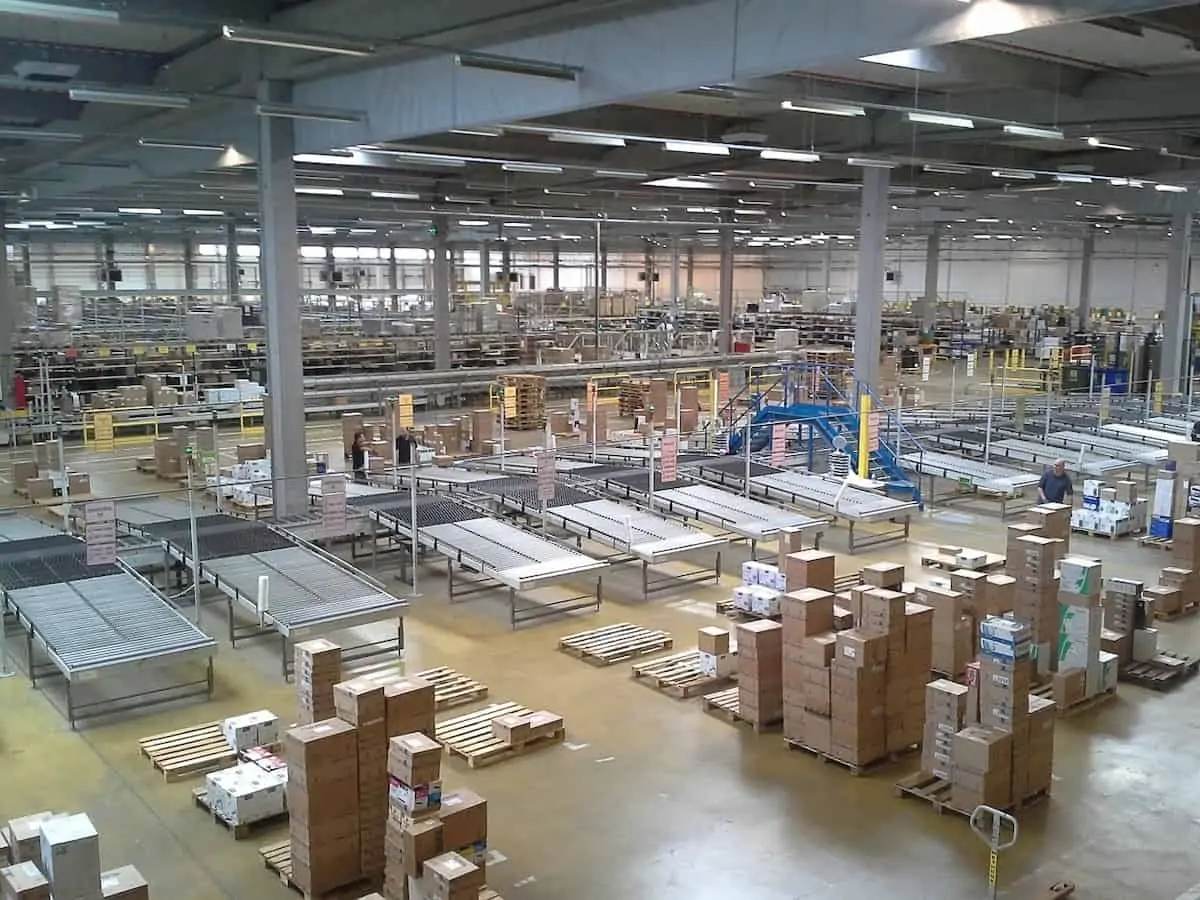I began my career with responsibility for, amongst other things, Warehouse space planning. With almost a dozen local and remote buildings used to store raw materials and finished goods I spent more than my share of time walking through more than one Warehouse, or Distribution Center, and up and down aisles of racking and shelving.
Later on in my career when I entered the Retail and Logistics sectors the facilities used to store and disperse goods were called Distribution Centers. There were the same configurations of racking and shelving as Warehouses and they were both storing goods and dispersing goods.
To the untrained eye the Warehouses and Distribution Centers looked very similar.
But were they really the same or were they actually quite different?
Because of the rapid rise of e-commerce, the distinction between both facilities has become more apparent. There are now thousands of them scattered all over the country, meeting the needs of consumers worldwide.
If you’re planning to get one soon, you need to know what you’re getting into in terms of the fundamental differences between the two, understanding how much it costs to buy a warehouse versus the amount it will take to build one from scratch, and much more.
This article will give you a clearer insight into their similarities and differences. Knowing the most fundamental difference between both facilities will allow you to provide clear objectives in their operation to make managing one a success.
What is a Warehouse?
A warehouse is simply a building which is used to store goods.
That is about as simple and basic as a definition can be. But I think that it is oversimplified.
It goes without saying that in order to get the goods into the Warehouse the goods must be received, put away into any shelves or racking, counted and tracked, and pulled (or picked) in some fashion for shipment back out the docks that the goods came in on.
In this case I prefer the definition offered by businessdictionary.com that a Warehouse is the “performance of administrative and physical functions associated with goods and materials. These functions include receipt, identification, verification, putting away, retrieval for issue, etc.”
This is consistent with my experience as to what a “Warehouse” is. Most notable is that a Warehouse is not considered a facility in which the goods are transformed or changed in any way. Goods are just moved into, held in, or moved out of the building.
In addition, I have also seen some cases where a warehouse was used for a different purpose other than for storing products, making them versatile. These rentable warehouses can hold events, be a place for filmmaking or a photoshoot, or any other temporary activities.
What is a Distribution Center?
According to Wikipedia “A distribution center for a set of products is a warehouse or other specialized building which is stocked with products (goods) to be redistributed to retailers, to wholesalers, or directly to consumers. A distribution center is a principal part, the order processing element, of the entire order fulfillment process. A distribution center can also be called a warehouse, a DC, a fulfillment center, a cross-dock facility, a bulk break center, and a package handling center.”
This is certainly a more comprehensive definition. Notable here is that a Distribution Center can be a Warehouse but a Warehouse cannot be a Distribution Center. It does much more than that which is associated with a Warehouse.
The “principal” function of the Distribution Center is stated to be that of “order processing” or “order fulfillment”.
That makes sense as, especially in Retail, a Distribution Center is the facility in which orders are received, goods are picked/pulled according to these orders, and the items are packaged for shipment to stores, end consumers, or other channels.
Additionally in Logistics operations a Distribution Center may also involve some level of light assembly, processing, testing or repackaging prior to the fulfillment of orders.
Is a Warehouse Really Different from a Distribution Center?
For many people the terms Warehouse and Distribution Center are synonymous.
In both cases goods are received, stored, managed, picked or pulled, and shipped. That is a fact.
If there is any distinction between the two terms it usually involves either the point that a Distribution Center fulfills orders for individual end consumers and/or it involves some level of processing and transformation of goods plus the provision of extra services.
I have also heard some people make the point that a Warehouse really only involves, or allows for, long term storage of goods. There may or not be a customer for those goods and there is relatively little activity. I think this can be true but not exclusively. I know of Warehouses that are much more active than this depiction would suggest.
Alternatively a Distribution Center is perceived to involve the relatively more rapid turnover and movement of goods. And there is definitely a customer or channel for which those goods are destined.
Nevertheless, both of these facilities function in a way that will preserve the quality of items stored inside and give workers a good and safe working environment. Therefore, one aspect of these large facilities that must be prioritized is safety. For one, ensuring proper ventilation through adding units of Make-Up Air is crucial to help improve the quality of the air in your facility.
When your exhausts remove any amount of air, that air should be replaced so the interior can have a favorable condition—requiring the use of make-up air units. This will provide a healthy and safe working environment in your facility and ensure that the products stored will be free from airborne contaminants such as fumes and dust.
Conclusion
While many people continue to use the terms Warehouse and Distribution Center interchangeably it can be argued that they have very unique characteristics despite their similarities.
To further complicate the discussion it is worth noting that these types of operations can also be called Fulfillment Centers, Solution Centers, Logistics facilities and more.
For many these operations are referred to by whatever name they have been called over extended periods of time regardless of the distinctions we have outlined here.
Is this just semantics?
Or is there really a difference between a Warehouse and a Distribution Center?


 EBOOKS HERE
EBOOKS HERE